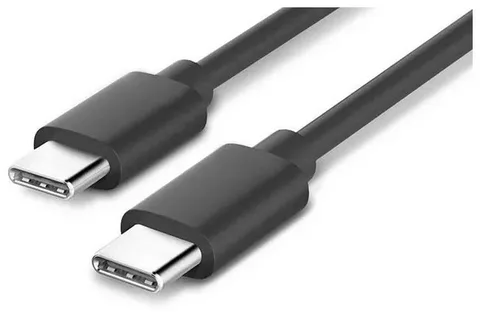USB-C vs MagSafe: Are Cheap Magnetic Adapters Worth It in 2025?
In 2025, the debate between USB-C and MagSafe-style charging centers on convenience versus reliability. Cheap magnetic USB-C adapters mimic Apple’s MagSafe snap-on ease and can protect ports from accidental tugs, but they often come with trade-offs. Many low-cost versions struggle with high-wattage charging, limit data transfer speeds, and pose safety risks like arcing or overheating due to poor build quality and lack of official USB-IF certification. While newer MagSafe and Qi2 chargers have improved wireless power delivery and safety standards, most inexpensive magnetic adapters remain best suited for light use rather than heavy, daily fast-charging. In short, they can be handy accessories for convenience, but investing in reputable, certified products is essential if you value long-term device safety and performance.












